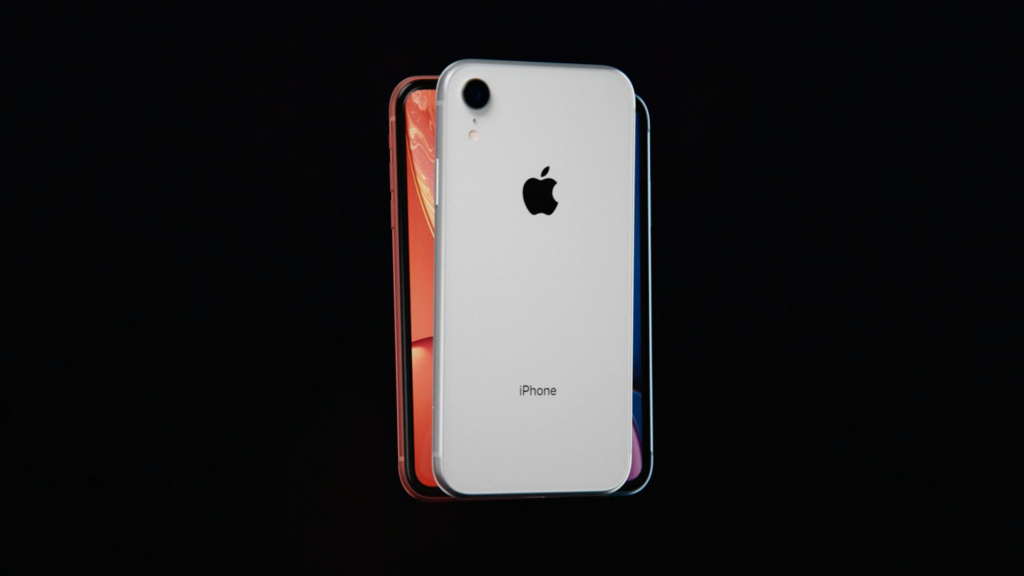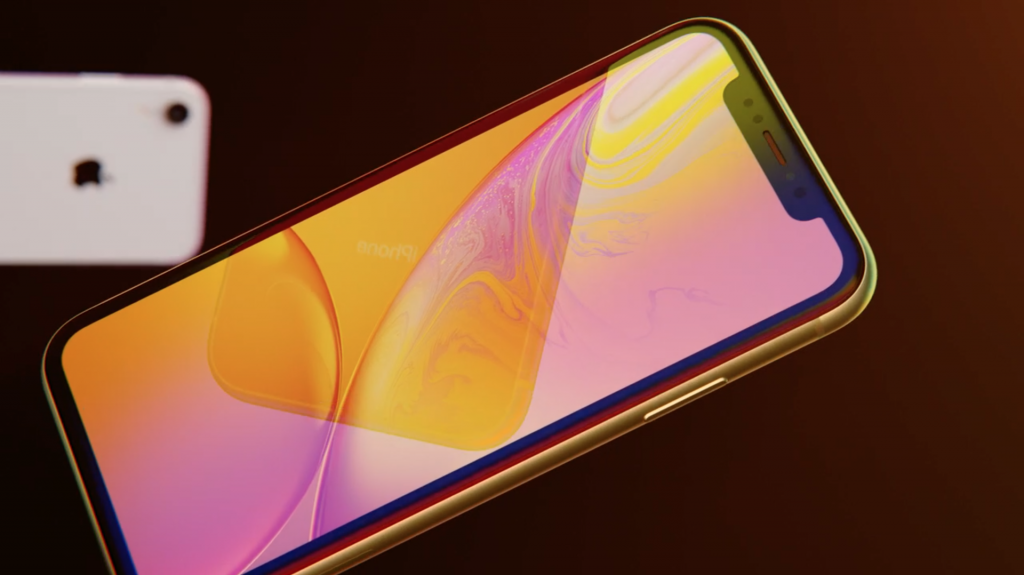iPhone XR vs OnePlus 6: Save your pennies?

Do the iPhone XR’s extras outpace the OnePlus 6?
Apple’s new lineup of iPhones has certainly given those in the market for a high-end handset food for thought. But even the most affordable new offering, the iPhone XR, still rings in several hundred pounds/dollars more than what some might consider the equally capable OnePlus 6.
So which should you buy?
iPhone XR vs OnePlus 6 – Design
For the most basic of Apple’s new iPhone range, the XR is an unquestionably premium-looking handset. It trades the polished stainless steel edging of its more luxurious siblings, the iPhone XS and iPhone XS Max, for sandblasted 7000 series aluminium. It still enjoys the same fit and finish as Apple’s other handsets and its pillowed glass back also allows for Qi wireless charging too.
Jump to the front and you’ll find a sizeable notched 6.1-inch display. As normal LCD panels can’t be curved like the AMOLED panels on the iPhone X, XS and XS Max can, the bezels on the XR are notably thicker all the way around. The notch also houses Apple’s TrueDepth sensor so FaceID and Animoji are on the cards whilst IP67 certification adds resistance to dust and water ingress for greater peace of mind.
Related: Best smartphones

The OnePlus 6 meanwhile follows the same trend of curved glass back and metal frame but misses out on any formal IP-rating. It comes in some luxurious-looking finishes though, with the two black iterations, a Silk White and a Ruby Red colourway. The XR trumps the 6 with regards to variety, coming in six different hues including a rather arresting Product RED treatment but the finish on each is much simpler and flatter to look at.
The OnePlus is more ergonomic, and a touch larger thanks to a notched 6.28-inch screen. It boasts (simpler) face unlocking as well as a fingerprint sensor on the back.
iPhone XR vs OnePlus 6 – Specs and Features
It’s unclear how Apple feels it can charge over $750/£750 for a phone with a sub 720p HD resolution display and what’s more, the OnePlus 6’s Optic AMOLED panel is sure to deliver better contrast, colours and a sharper image thanks to its extended Full HD resolution.
Related: OnePlus 6T

On the inside, last year’s Apple A11 Bionic chip already proved that it was up to the task of taking on Qualcomm’s flagship Snapdragon 845 processor and considering that’s what’s powering the OnePlus 6 (albeit with lots of RAM at either 6GB or 8GB), the newer Apple A12 Bionic is sure to give OnePlus-loving performance nuts cause for concern.
As for storage, it’s a dead heat; neither phone is expandable and both come in three flavours – 64GB, 128GB or 256GB with an increase in price attached to each bump up in storage. Both phones also deliver on dual-SIM functionality too; a first for an iPhone but a long-standing feature of OnePlus’ handsets.
| OnePlus 6 | iPhone XR | |
|---|---|---|
| Display | 6.28-inch 19:9 1080 x 2280 AMOLED |
6.1-inch 19.5:9 1792 x 828 IPS LCD |
| Processor | Qualcomm Snapdragon 845 | Apple A12 Bionic |
| Rear camera | Dual 16+20-megapixels | Single 12-megapixels |
| Front camera | 16-megapixels | 7-megapixels |
| Software | Android 8.1 Oreo | iOS 12 |
| Storage | 64/128/256GB | 64/128/256GB |
Software is trickier to compare. The 6 already runs Android 8.1 Oreo with the company’s own Oxygen OS overlay on top and the promise of an upgrade of Android 9 Pie is just around the corner. The iPhone XR meanwhile launches with Apple’s latest iOS 12, which features a gamut of incremental tweaks that really focus on performance improvements for older iOS devices and therefore won’t really manifest as benefits for those opting for the XR as a fresh device.
Related: Android 9 Pie Phones
iPhone XR vs OnePlus 6 – Camera
Here’s where things get interesting. The OnePlus 6 signifies the biggest shift in camera performance for the brand to date. If it is sheer pixel count you’re after, both the front and rear cameras on the OnePlus 6 rock 16-megapixel sensors with a secondary 20-megapixel sensor on the rear to help with detail capture, low light performance and depth assessment for adding bokeh to shots in portrait mode. It’s a great all-rounder that falls just shy of the top flagship snappers out there.

The iPhone XR (as with all of 2018’s iPhone) sports a lower resolution 7-megapixel front-facer and unique to the XR is a single OIS-laden 12-megapixel rear snapper. Despite its narrower aperture Apple’s image processing magic will also likely grant this phone solid low light performance and it’ll be a champion in well-lit conditions as well as when shooting video.
iPhone XR vs OnePlus 6 – Price
The price of OnePlus phones has crept up over the years but for the wealth of hardware, software and design prowess on-show from the OnePlus 6, it’s new, even lower starting price of £469/$529 seems incredibly competitive. The iPhone XR, meanwhile, doesn’t exactly come across as a steal costing £749/$749 and up.
Early verdict
Unless you’re after the added performance of that A12 Bionic processor or you want a new iOS device specifically, your money goes so much further with the OnePlus 6.


